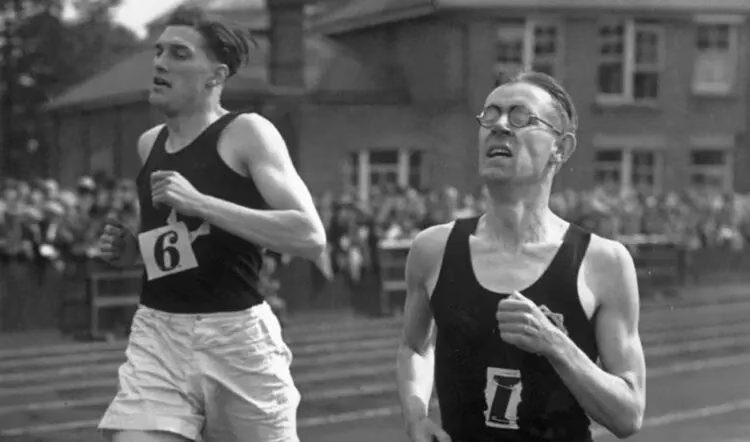Bob Phillips, whose imagination was first captured by athletics in the 1950s, reflects on his own experiences and how the sport – particularly middle-distance running – has changed since AW was created
It was a true act of faith for Jimmy Green to launch a monthly magazine called “Athletics” in December 1945. In truth, there was very little athletics to report at the time. World War II had not long ended and hundreds of thousands of men and women in the various allied armed forces were in the process of returning to civilian life. Their priorities centred around reuniting with their families and finding work. Resuming leisure-time activities would have to wait.
The word “leisure” is not lightly used. There was no money to be made in athletics – or, at least, there was not supposed to be. Everyone was expected to be strictly amateur and the leading athletes were allowed only strictly approved expenses.
Yet the sport had not stopped entirely during war time – in fact, a surprising amount of athletics had taken place in those years – and even world records had been broken. The most spectacular of these happened in neutral Sweden, where two middle-distance runners – Gunder Hägg and Arne Andersson – had set a profusion of fastest ever times between them. The pair set 21 records in all, at ¾-of-a-mile, 1500m, the mile, 2000m, 3000m, two miles, three miles and 5000m, as well as contributing to the 4 x 1500m relay; all of these events being officially recognised. Hägg and Andersson had brought the 1500m down from the pre-war 3:47.8 (by Jack Lovelock, an Oxford University-trained New Zealander, at the 1936 Olympics) to 3:43.0 in four instalments – three for Hägg, one for Andersson – during 1942-1944. They had reduced the time for the mile from 4:06.4, by Britain’s Sydney Wooderson in 1937, to 4:01.3 on six occasions (three each) from 1942 onwards.
On July 17, 1945, in balmy conditions in the Swedish city of Malmö, Hägg had run his 4:01.3, with Andersson second in 4:02.2. The results elicited feverish chatter about the possibility of four minutes being broken.
Hägg ran 38 races in 1945, Andersson 34, and crowds flocked to see them as they tirelessly toured the length and breadth of their native land. This competitive idyll soon came to an abrupt end, however. Promoters offered under-the-counter cash enticements, the runners accepted, and eventually the Swedish hierarchy had to take action….
CLICK HERE to Read the Full Original Article at Athletics Weekly…

